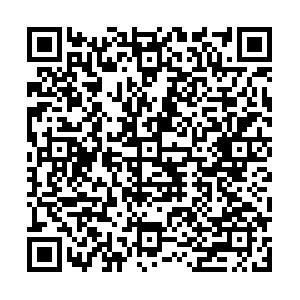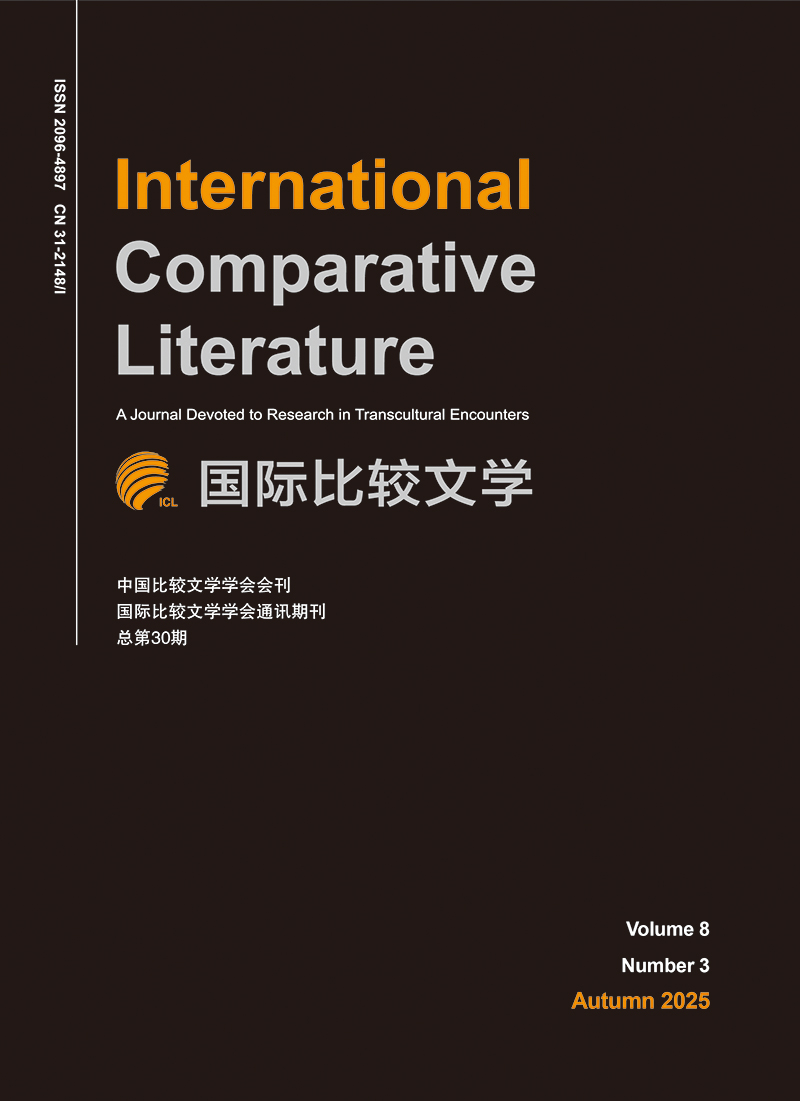“Connatching”: An Important Thinking Mode in Traditional Chinese Culture
-
摘要: 比附是中国传统文化的一种重要思维特征,它是通过主观桥接的方式在事物、现象之间建立联系的一种思维模式。阴阳、八卦等对事物的联结是比附的滥觞。在专门知识领域,以中医理论为基础的人体器官比附典型地反映了比附中的直接及直观对应关系。比附思维在中国传统文化中的集中体现是以“五行”为中心的系列集合比附,形成了成建制的环绕立体式“比附云团”现象。比附思维对中国传统文化的影响是全方位的,在书法、绘画、武术、语言文字等各个领域都有广泛体现。Abstract: Connatching" (connecting and matching) is an important feature in traditional Chinese culture:a thinking mode to establish connections/linkages between things and phenomena through subjective bridging. Specifically, based on their shapes, appearances, properties, and characteristics, matchings and mappings between concepts are constructed through subjective feeling, intuitive thinking, and correspoding association. The associations between Yin, Yang, and the Eight Trigrams, among other elements, indicated the early forms of connatching. And connatching can be found typically in the theory of interaction between heaven and mankind. In the field of specific knowledge, connatching in traditional Chinese medicine lies in the doctrine of signatures, food-medicine, and also massage. Connatching of human organs and herbal medicines typically reflects the direct and intuitive associations between the two. In traditional Chinese culture, the largest, most systemetic, and most influential form of connatching is centered on "five Xing." In fact, the series of connections and associations centered on "five Xing" forms a three-dimensional "connatching cloud" phenomenon. "Five Xing" involved at least thirty semantic fields before the Tang dynasty, including colors, seasons, classical literature, numbers, sounds, tastes, etc. For example, thirty-six initials in Middle Chinese were connatched to five Xing, five music chords, five objects in society, five organs, and five directions and weights. The influence of connatch-thinking is pervasive in traditional Chinese culture, being widely reflected in calligraphy, painting, martial arts, language, and other fields, including numerous instances of "speech-sound connatching" by ordinary people. For example, homophone preferences and homophone taboo generally result from speech-sound connatching. While connatch-thinking has certain characteristics of "systematic thinking," there are essential differences between the two. More often than not, connatch-thinking falls into vague and general concept-matching games.
-
Key words:
- connatching /
- Chinese traditional culture /
- mode of thinking /
- doctrine of signatures /
- five Xing
-
[1] Harrison, K. David. When Languages Die:The Extinction of the World's Languages and the Erosion of Human Knowledge. Oxford:Oxford University Press, 2007. [2] Simon, Matt. Fantastically Wrong:The Strange History of Using Organ-Shaped Plants to Treat Disease, https://www.wired.com/2014/07/fantastically-wrong-doctrine-of-signatures/, https://www.guokr.com/article/438827/(Chinese Translation),[2014]. [3] (英)弗雷泽:《金枝》,汪培基、徐育新、张泽石译,北京:商务印书馆,2013年。 [4] [Frazer, James George. Jinzhi (Golden Bough). Translated by WANG Peiji, XU Yuxin, ZHANG Zeshi. Beijing:The Commercial Press, 2013.] [5] 葛兆光:《中国思想史》 (3卷本)第2版,上海:复旦大学出版社,2016年。 [6] [GE Zhaoguang. Zhongguo sixiang Shi (An Intellectual History of China). Shanghai:Fudan University Press, 2016.] [7] 郭思韵:《唐前五行关联图式的文学性叙事》,清华大学中国语言文学系硕士论文,2009年。 [8] [GUO Siyun. "Tang qian Wuxing guanlian tushi de wenxuexing xushi" (Pre-Tang Literary Narratives in the Form of Correlation Diagram of the Five Elements). Master Thesis, Tsinghua University, 2009.] [9] 季羡林:《季羡林谈东西方文化》,杭州:浙江人民出版社,2016年。 [10] [JI Xianlin. Ji Xianlin tan dongxifang wenhua (Ji Xianlin on Eastern and Western Culture). Hangzhou:Zhejiang People's Publishing House, 2016.] [11] 李志龙、谷洪钦、陈春喜:《统计年限对风向频率统计结果的影响分析》,《安徽农业科学》2014年第42卷3期,第878-881页。 [12] [LI Zhilong, GU Hongqin, CHEN Chunxi. "Tongji nianxian dui fengxiang pinlv tongji jieguo de yingxiang fenxi" (Influence Analysis of Statistic Years to Wind Direction Frequency Statistical Results). Anhui nongye kexue (Journal of Anhui Agri. Sci.) 42, no. 3(2014):878-81.] [13] 刘宗迪:《五行说考源》,《哲学研究》2004年第4期,第35-41页。 [14] [LIU Zongdi. "Wuxingshuo kaoyuan" (On the Origin of the Theory of Wuxing). Zhexue yanjiu (Philosophical Research) 4(2004):35-41.] [15] 罗常培:《汉语音韵学导论》,北京:中华书局,1956年。 [16] [LUO Changpei. Hanyu Yinyunxue daolun (Introduction to Chinese Phonology). Beijing:Zhonghua Book Company, 1956.] [17] 庞朴:《五行漫说》,《当代学者自选文库·庞朴卷》,合肥:安徽教育出版社,1995年。 [18] [PANG Pu. "Wuxing manshuo" (On the Wuxing). In Dangdai xuezhe zixuan wenku Pang Pu juan (Contemporary Scholars' Selected Library, the Volume of Pang Pu). Hefei:Anhui Education Press, 1995.] [19] 彭华:《阴阳五行研究(先秦篇)》,华东师范大学历史学系博士学位论文,2004年。 [20] [PENG Hua. "Yin Yang Wuxing yanjiu Xianqin pian" (Research on Yin Yang and Wuxing, the Volume of Pre-Qin). PhD diss., East China Normal University, 2004.] -

 点击查看大图
点击查看大图
计量
- 文章访问数: 920
- HTML全文浏览量: 138
- PDF下载量: 1747
- 被引次数: 0



 下载:
下载:

